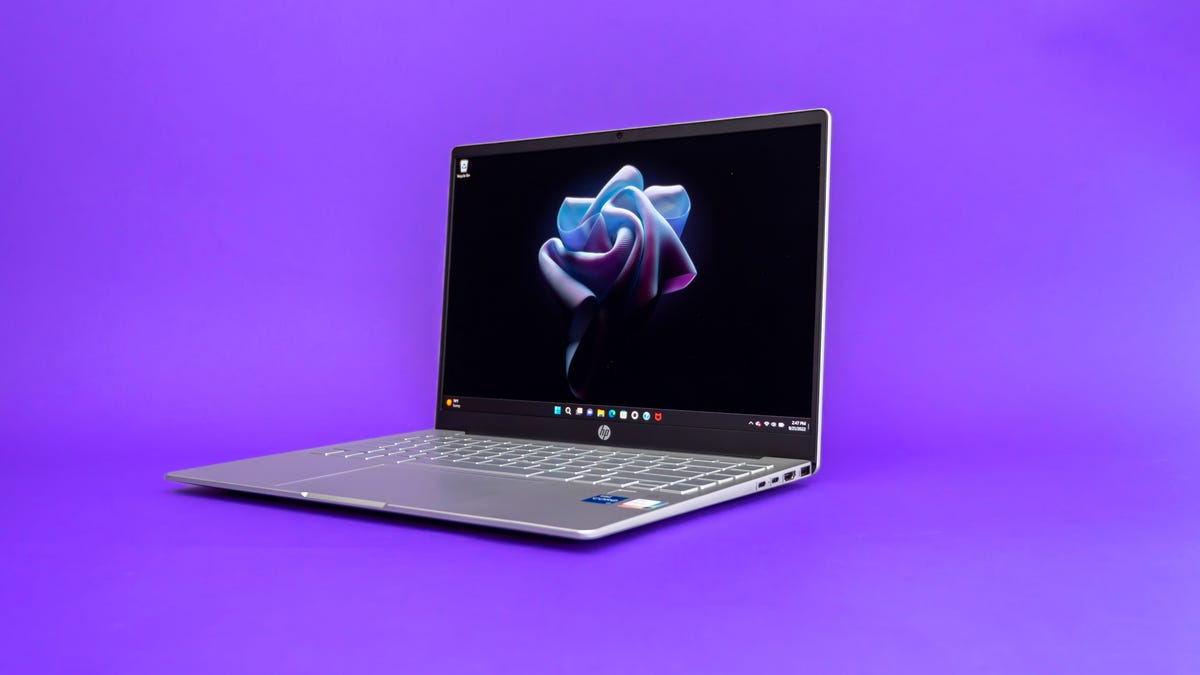8 Real-World Uses for iPhone Mirroring in iOS 18 and MacOS Sequoia

Is Apple’s new iPhone Mirroring feature in the latest versions of iOS and MacOS actually useful? No matter where your iPhone is nearby — in another room charging or buried at the bottom of a bag or pocket — you can view and control it from your Mac.
Aside from the sheer convenience of not having to pick up the phone, I’ve found several reasons to use iPhone Mirroring. In fact, I catch myself using it regularly on my iPhone 16 now that iOS 18 and MacOS Sequoia have been released. (And if you’re running the latest betas, you can experiment with one of the most interesting mirroring features, the ability to drag and drop items directly to the phone and vice-versa.)
Read more: How to Control Your iPhone From Your Mac Using iPhone Mirroring
iOS 18 and MacOS Sequoia are available now, bringing a host of other features such as animated text messages and the ability to customize your iPhone’s home screen.

Watch this: iPhone Mirroring Comes to Macs with MacOS Sequoia
When your iPhone is in a bag, purse or another room
The easiest use case is when you want to access something on your phone but it’s buried in a bag, just out of reach or you’re unable to get up (or you are able, but the snoozing cat or dog on your lap wouldn’t appreciate the disruption). Connecting via iPhone Mirroring is much more convenient.

You can access your iPhone even if it’s in a bag or out of reach using iPhone Mirroring on MacOS Sequoia and iOS 18.
However, this feature doesn’t work over long distances, like if you accidentally left your iPhone at home and you need to access it from work. iPhone Mirroring uses Apple’s Continuity technology to work, which means the iPhone and Mac need to be within Bluetooth range of each other.
When you need to check in on an iPhone app
Did you miss your daily Duolingo check-in and the phone isn’t handy? If your Mac is, iPhone Mirroring can connect and make sure you keep your streak going.
Or maybe you need to finish today’s Wordle challenge but it would be too obvious while working that you’re checking your phone. The discreet iPhone Mirroring window can be easily covered or hidden if necessary.

Keep up your Duolingo streak even if your phone is not nearby.
When you want to use an app, not a web interface
Even today, some popular services work far better in apps than they do as web interfaces. Yes, we’re looking at you, Instagram. Posting from an app often includes more options or a better user experience. Since iPhone Mirroring gives you almost full access to the iPhone’s interface, you can post using a mouse pointer instead of a finger.

Apps like Instagram are more featured than their web counterparts.
When you want to transfer items quickly between devices (coming soon)
I create a lot of screenshots for work and take even more photos personally, which all end up in my Photos library. Those images are then synced via iCloud to my Mac — but sometimes it seems at a pace accurately described as “when the phone gets around to it.” When I need something on my Mac right away, I find myself using AirDrop between devices, which works but is clumsier than I’d prefer.
Later this year, though, we will be able to drag and drop all sorts of files — not just images — between an iPhone and the Mac running the iPhone Mirroring app. That will go in both directions, too: Drop a video or important PDF from a Mac Finder window onto the mirrored iPhone to transfer it to the phone. (You can play with it now on the latest iOS 18.1 and MacOS Sequoia betas.)

Drag and drop files from the Mac to a mirrored iPhone and vice-versa.
When you don’t want to clutter your Mac with software junk
MacOS has a long legacy of supporting system extensions, startup items and various background processes that you probably don’t realize are running most of the time. Some large application suites, for example, spread out these accessory files like a dropped box of Legos. In many cases, the drain on resources is negligible, but those pieces still consume storage and processor power.
In contrast, iOS has always been built as a silo’d system, where each app has its own protected storage and strictly controlled routes for interacting with other apps. Especially for apps you don’t use often but need to keep around, you may want to install a mobile version and avoid the app creep that happens under MacOS.
iPhone Mirroring gives you a way to still use an app like this on your Mac, without infecting MacOS with all the associated detritus that is normally installed.
When you want to sign in to your bank’s app instead of doing it on the computer
Sadly, several of these suggestions focus on the theme of “an app is better than a website,” and there’s often no greater example than banking sites.
It can be easier, and more secure, to access your bank accounts or investments using iPhone Mirroring to log in with the iOS app instead of a web browser on your Mac. You still need to authenticate the iPhone app when you open it (since you can’t use Face ID or Touch ID on the device), but that could be a more convenient option.

Use secure apps that are only on your phone, such as the Bank of America app.
When you want to access locked and hidden apps on your phone
In iOS 18, you can hide sensitive apps or require authentication (such as Face ID) to open them. If you’d rather use them on your phone than through an app or web interface on your Mac, iPhone Mirroring lets you access them when the phone isn’t nearby.
When you do, the iPhone Mirroring app requires authentication via the Mac, as you would expect. Enter your Mac’s login password, use Touch ID or authenticate with your connected Apple Watch to open locked apps or make the Hidden folder on the phone visible.

Access the Hidden app folder via iPhone Mirroring.
When you’re giving a presentation and want to show what’s on the iPhone
Granted, this is a smaller subset of use cases, but if you need to demonstrate something on the iPhone during an online or in-person presentation, iPhone Mirroring is a far easier option than other methods.
Aside from rigging an overhead camera, the prevailing method has been to connect the iPhone to a Mac with a cable and use QuickTime Player to view the phone’s screen. You’d then still need to operate the phone with your hands.
Now with iPhone Mirroring, the phone can be connected wirelessly and manipulated using your Mac’s trackpad or mouse and keyboard.
The main limitation with this approach is that if you do need to perform something on the phone, activating it pauses the mirrored connection.
And one streaming limitation we’d like to see changed
One unheralded feature between Apple devices is the ability to stream media from an iPhone to a Mac using AirPlay. Time to kick back and watch a movie or take in an episode of your favorite TV show? You can start it on the iPhone and choose the Mac — with its larger screen — as the destination.
Since iPhone Mirroring lets you control an iPhone that’s out of reach, it would be nice to start a movie that plays on the Mac’s screen. However, digital rights management squashes that idea in the context of iPhone Mirroring. Although you can open an app such as TV and tee up a show, the image remains black.

Netflix shows up as a black screen if you attempt to use it via iPhone Mirroring.
That black screen also applies if you use AirPlay to stream while iPhone Mirroring is active. The only way this works is if you control the phone physically and stream to the Mac.
iPhone Mirroring is just one new feature on the iPhone and Mac with iOS 18 and MacOS Sequoia. Don’t miss how to spice up your texts in Messages and how to work with the updated Control Center.
Source: CNET














